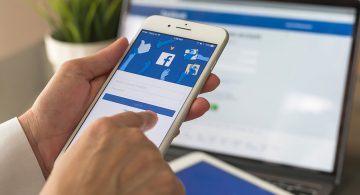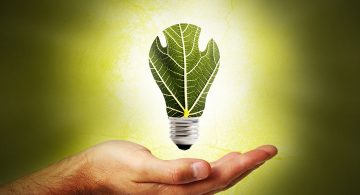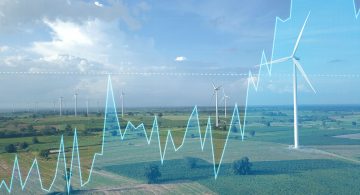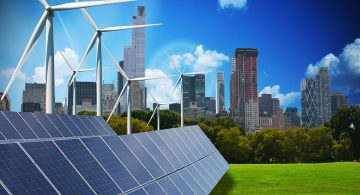Facebook attracts projects of renewable energy sources
By 2020, Facebook plans to provide its global operations with 100% alternative energy and reduce greenhouse gas emissions by 75%. This is the next step in the company’s transition to environmentally friendly energy sources over the past few years. According to Bobby Hollis, the head of the global energy company, they really integrate eco-energy into the whole process of business planning. From these results, we can note the construction of a new Facebook data center in Huntsville, Alabama, which will run on solar energy from the local power system. Also in luleå, Sweden, Facebook it is expanding this Department. It will work on the hydroelectric power station and use cold arctic air to cool the servers. In Papillon, Nebraska, another Facebook data center will run on energy from a nearby wind farm, which is now under construction, with 101 massive wind turbines. In 2017, the company’s carbon footprint was 979,000 metric tons, which is equivalent to CO2, equal to the emissions from more than 100,000 homes, according to the EPA calculator. The company’s data centers, which served 2.1 billion people a month by the end of 2017, account for almost two-thirds of these figures.
Facebook leads projects of renewable energy sources
Facebook’s management started moving towards renewable energy when the company signed its first contract for the purchase of wind energy in 2013. A few years after Google discovered a new way for corporations to buy renewable energy from utilities. By 2017, Facebook was buying 51% of renewable energy for its departments. The organization is lagging behind competitors in technology, for example, Google’s leadership reached the goal of buying 100% renewable electricity in 2017, and Apple reached 100% in early 2018.

However, Facebook is taking the first steps towards becoming one of the largest consumers of alternative energy in 2019. As of early August 2018, technology companies have purchased 1.8 GW of clean energy, more than in any other sector. And Facebook bought more than any other company. One of the ways a company buys green energy sources is through agreements with local utilities, called green tariffs, which allow organizations to buy environmental sources of energy from a local network. In addition, Facebook is working with small companies to help them also access alternative energy sources, and in some cases involving other corporations in its own transactions. At the new wind farm in Nebraska, the organization collaborated with Adobe. Facebook also helps promote utilities to change. For example, MidAmerican Energy is actively working to turn on more wind power because of its work with Facebook.



